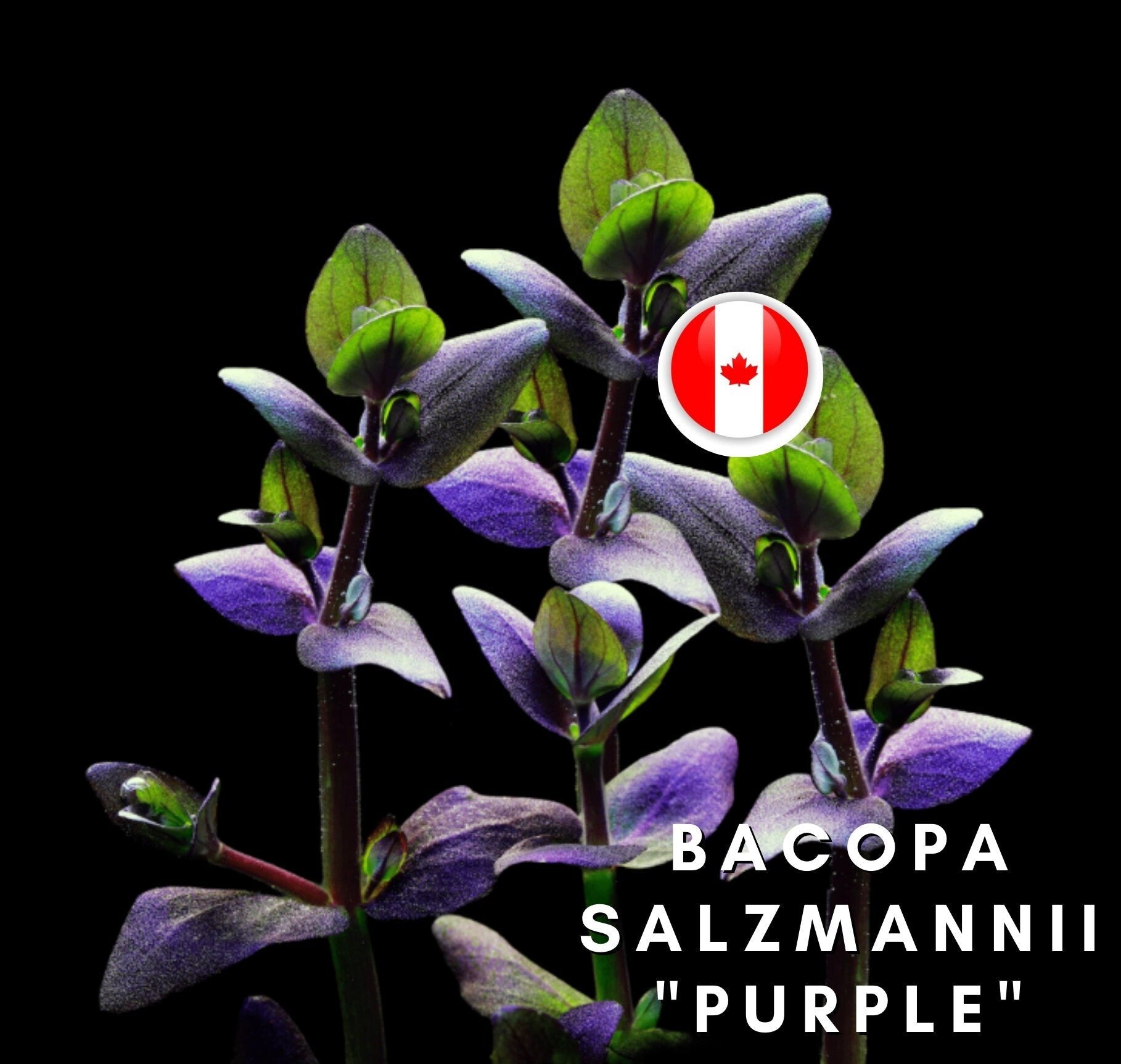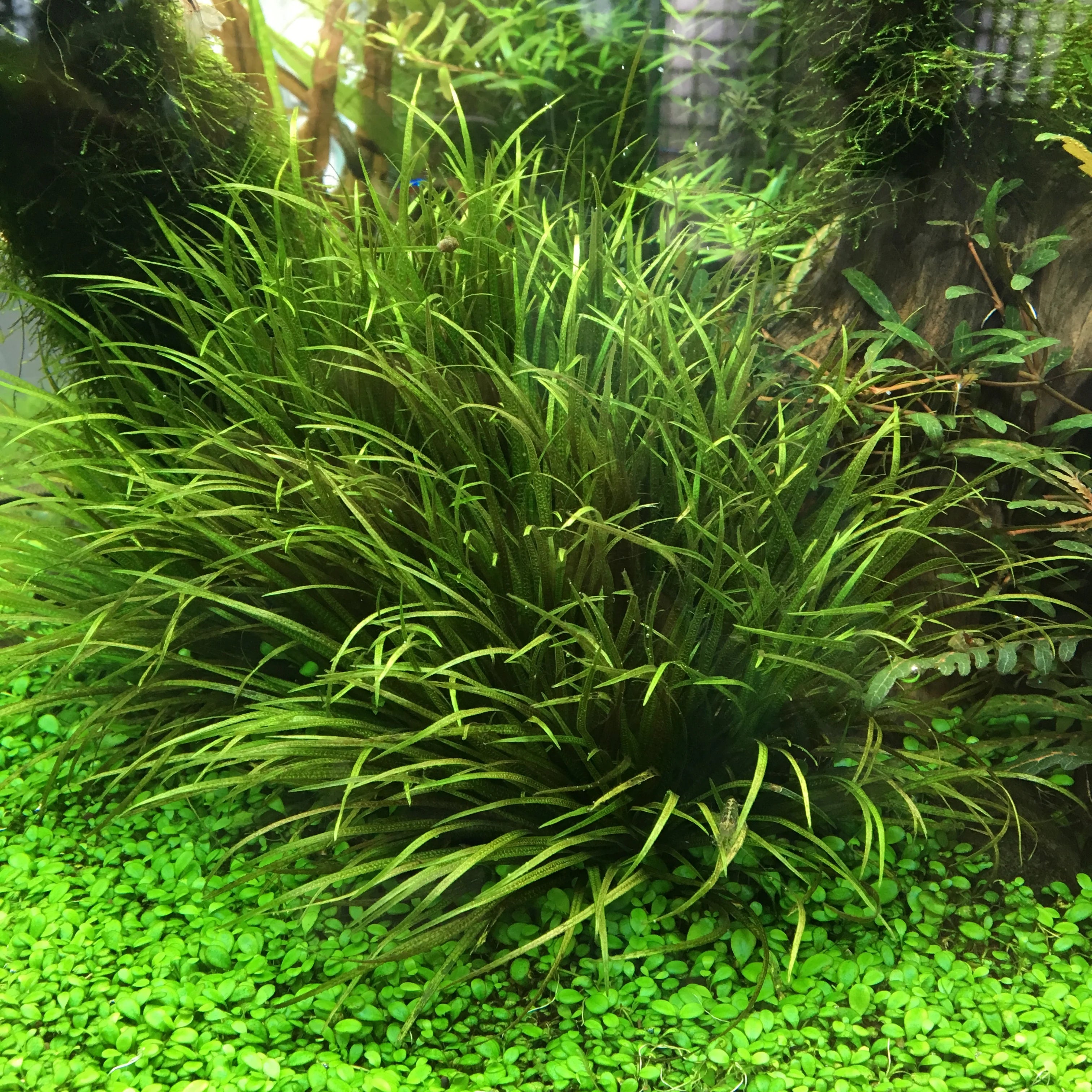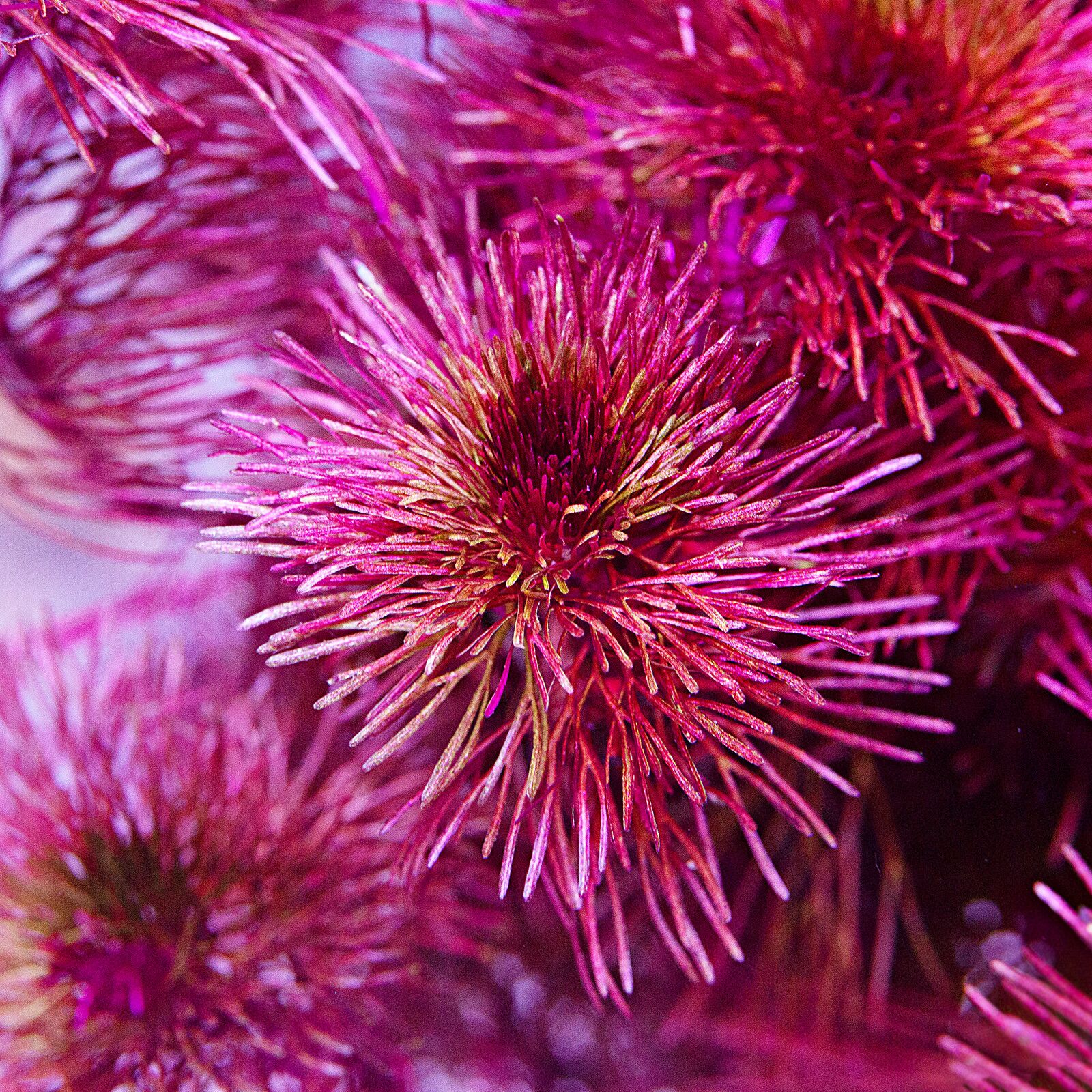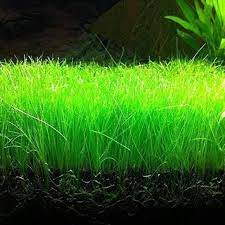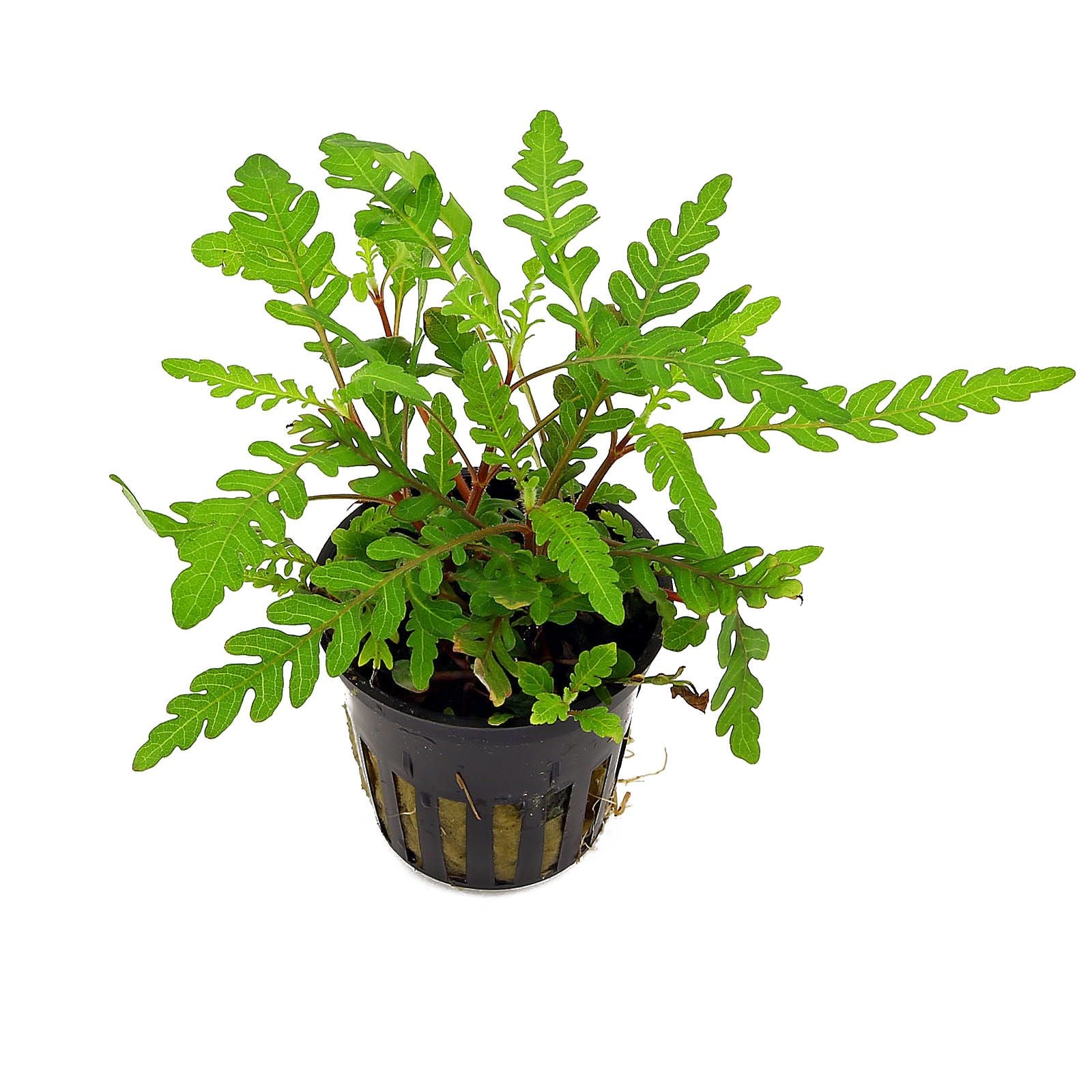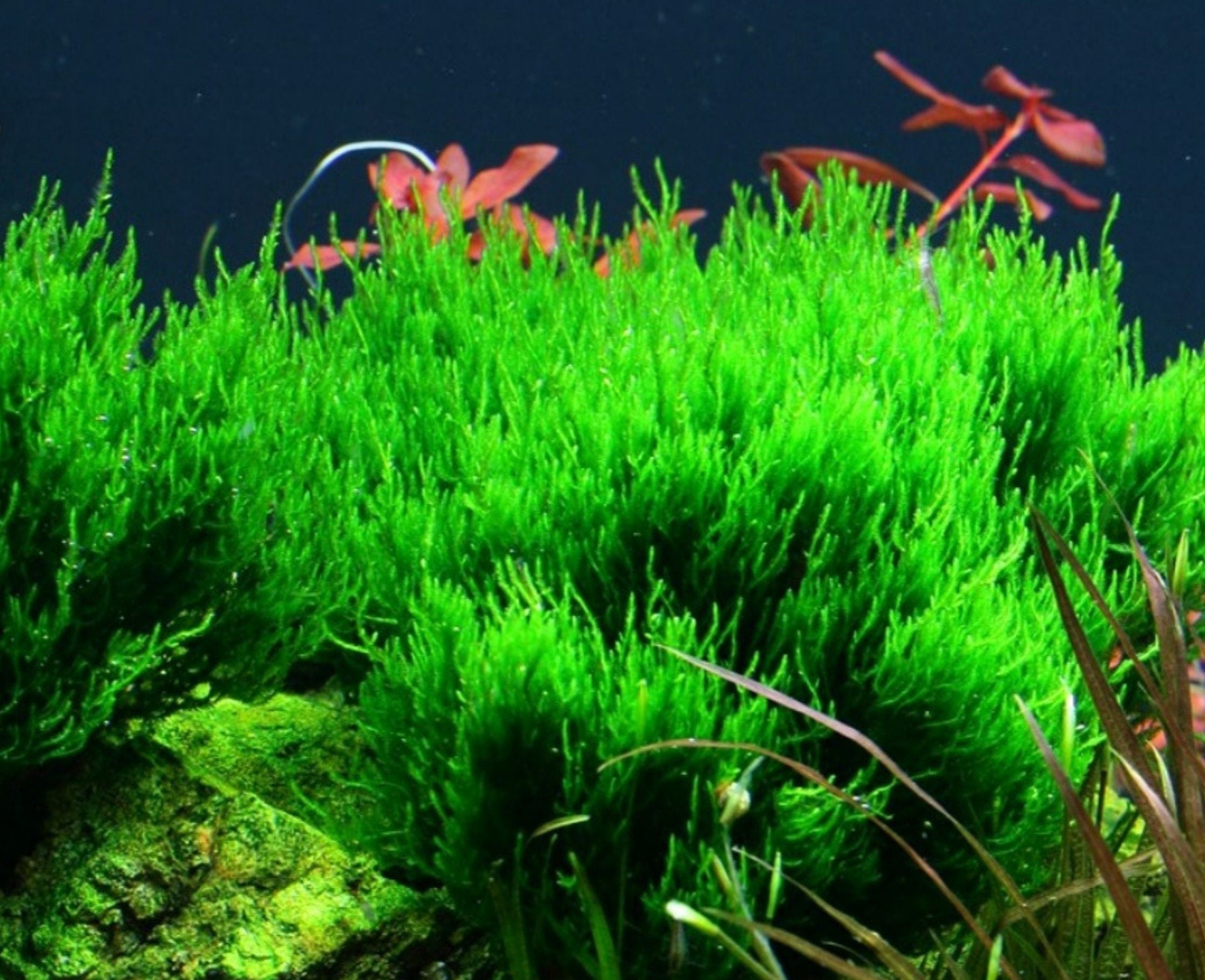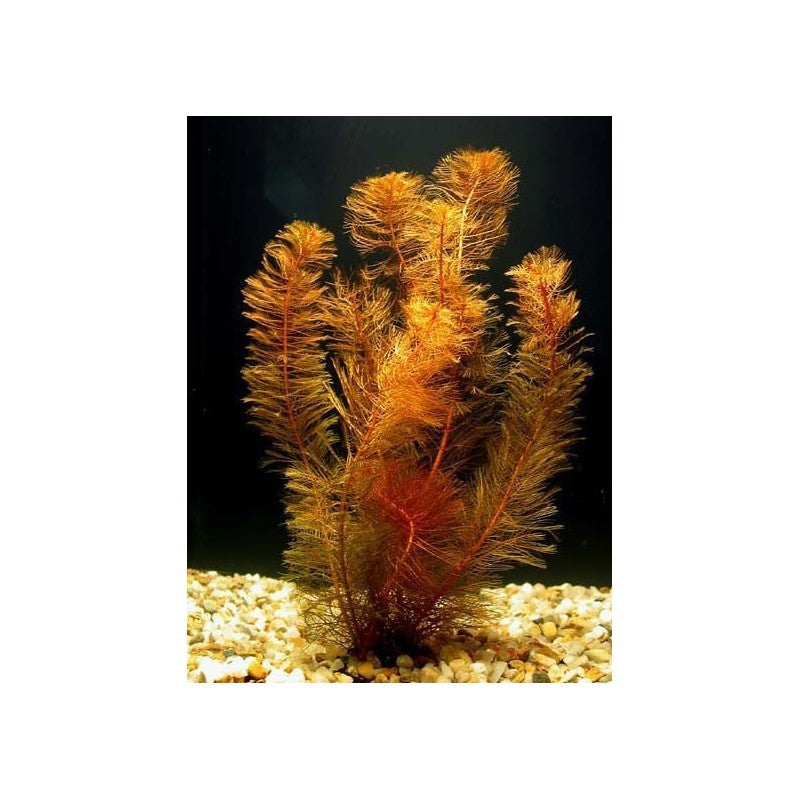Betta uberis is a rare and captivating wild betta species, notable for its vibrant colors and fascinating mouthbrooding behavior. Originating from the peat swamp forests of Indonesia, it is part of the larger Betta genus but has a more peaceful and subdued nature than the commonly known Betta splendens (Siamese fighting fish).
Description
- Coloration: Betta uberis males have brilliant red coloration, with iridescent green or blue speckling on the body and fins. The fins often feature a mix of red, green, and blue hues, while females are more muted, typically light brown or tan.
- Size: They are a smaller species, reaching around 1.5 to 2 inches (3.8 to 5 cm) in length.
Habitat
- Natural Range: Native to the slow-moving, acidic peat swamp forests of Indonesia, specifically in Sumatra. These swamps have soft, tannin-stained water and dense vegetation, providing natural shelter and low light.
- Aquarium Conditions: In captivity, Betta uberis does best in a heavily planted tank that mimics their blackwater environment. Ideal water parameters include a temperature of 75-82°F (24-28°C) and a low pH between 4.0 and 6.5, with soft water. Adding tannins (e.g., from Indian almond leaves) helps replicate their natural habitat.
Behavior
- Social and Peaceful: Betta uberis is relatively peaceful compared to other Betta species. While males may show some aggression towards each other, they are generally tolerant, especially in spacious tanks with ample hiding spots.
- Pair or Group Housing: They can be kept in pairs or small groups, as long as there is enough room and shelter to minimize territorial disputes.
Feeding
- Diet: This species is carnivorous, and a diet of live and frozen foods like brine shrimp, bloodworms, and daphnia is ideal. They may also accept high-quality micro-pellets, but live or frozen food is preferred for optimal health.
Breeding
- Mouthbrooding: Betta uberis is a paternal mouthbrooder. After spawning, the male will collect the fertilized eggs in his mouth, holding and protecting them for 10-14 days. He then releases free-swimming fry, which are ready to eat small live foods.
- Breeding Setup: A dedicated breeding tank with soft, acidic water and plenty of hiding spots is recommended. Keeping tank mates to a minimum or isolating the breeding pair helps reduce stress and ensure successful brooding.
Care Tips
- Use a sponge filter or low-flow filtration to maintain water quality without creating strong currents.
- Regular water changes and maintaining stable, soft, acidic conditions are crucial for their well-being.
- Providing plenty of plants, driftwood, and leaf litter will help create a natural and comfortable environment.
Betta uberis is a fantastic choice for enthusiasts interested in wild bettas. Their vibrant colors, unique mouthbrooding behavior, and more peaceful nature make them a rewarding species for those who can recreate their specific habitat needs.



